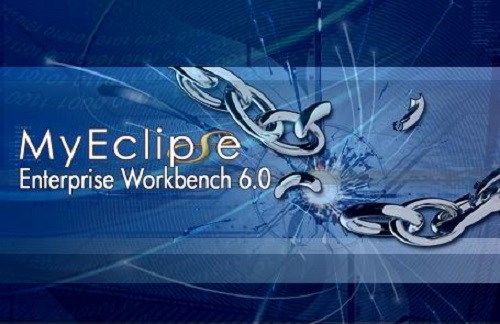Difference Between Eclipse and Myeclipse
Eclipse vs. MyEclipse
Eclipse and MyEclipse are somewhat similar at first glance; however, once you get to use them more often, you will realize that they are completely different. The Eclipse plug-in entails an architectural pattern for creating an application from constituent parts. It is an extensible platform used for creating IDEs. In addition, it has given a core of services for controlling a pack of tools working together to support programming tasks. There are tool builders that contribute to the Eclipse platform. They are shared by wrapping their tools in pluggable components; this will conform to the platform. Additionally, the basic mechanism of the extensibility is brought about by the new plug-ins in the new processing elements to plug-ins that already exist. Despite the fact that it focuses on building IDEs, Eclipse’s concepts and implications support a general model for coming up with an application from different parts created by different companies.
The MyEclipse enterprise workbench, on the other hand, is a full-featured platform and an enterprise-class plug-in. It has a tool fit for developing software applications and systems that support the full life cycle of application development. MyEclipse has a lot to offer – it has passed the open-industry standards, and has even redefined the pricing of the software, support, and delivery release cycles. It has created a complete application development environment for J2EE WEB, XML, UML, and databases. Moreover, it has the most comprehensive selection of application server connectors with over 25 target environments, and it has the capacity to optimize development, deployment testing, and even portability.
The Eclipse plug-in model is mainly a part the gives a certain type of service inside the context of the Eclipse workbench. “Component” here would mean the object that has been configured into a system at a certain deployment time. The runtime of Eclipse will give an infrastructure the necessary support to activate and operate a set of plug-ins working hand in hand. This is necessary to ensure a seamless environment for the development of activities.
As Eclipse runs for an instance, a plug-in will have to be connected in an instance of some plug-in runtime class, more commonly known as the plug-in class. The plug-in class will create a necessary configuration and support for the management, and it will then have to extend to org.eclipse.core.runtime. This will be the abstract class that can generate facilities for the management of plug-ins. The plug-in installation would involve the plug-ins folder containing individual plug-ins. Such plug-ins will be inscribed in an XML type of file; this will allow the file to inform Eclipse runtime of what plug-ins need to be activated.
Conversely, the MyEclipse model works by offering users the versatility to choose the technology required at every application tier. It will also offer optional technology bundles, as well as access to velocity templates for the generation of codes and the addition of a third-party commercial. Moreover, it has the OSS tools for further development.
There is also an improvement in developer activity; it enhances the Eclipse experience by providing a Java EE/J2EE database and the rich-client development environment. The workbench also has an embedded Tomcat server, giving the user the option to have a sandbox. RAD, UML, POJOs, and Web 2.0 are also provided. MyEclipse has maximized its potential to effectively provide its users with the tools necessary for development projects of all sizes; from a company of one to the largest multi-national firms. It is a credible software development tool used by so many elite companies like IBM, United Airlines, Glaxo Smith Kline, and even in the European Parliament.
Summary:
1. Eclipse is a plug-in for an architectural pattern, while MyEclipse is a full-featured platform for software development application.
2. Eclipse is part of the context of an Eclipse workbench. The plug-in configures into a system at a certain runtime.
3. MyEclipse works by offering optional technology bundles.
- Differences Between Fraternity And Sorority - January 8, 2014
- Differences Between Lucite and Plastic - January 7, 2014
- Differences Between Oil and Butter - January 6, 2014
Search DifferenceBetween.net :
Leave a Response
References :
[0]http://www.blogjava.net/hongjunli/archive/2007/08/22/138570.html

